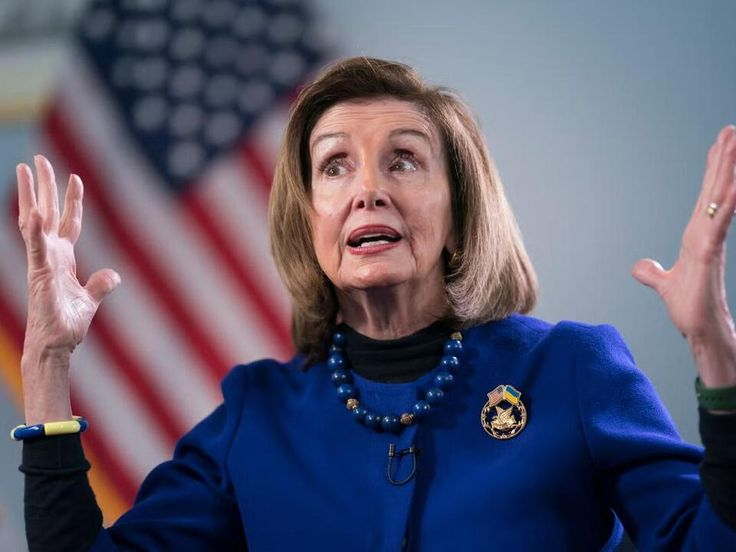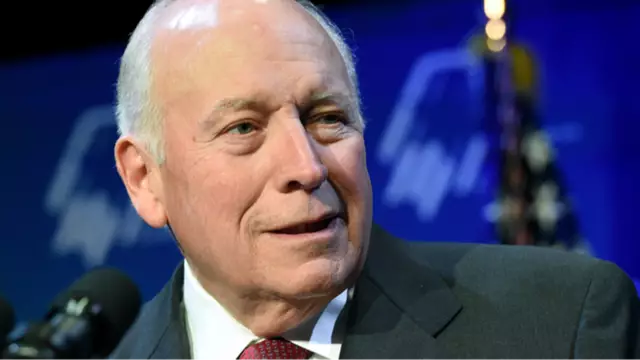The recent election, which saw President Donald Trump secure a resounding victory over Vice President Kamala Harris, has left the Democratic Party in a state of turmoil. What many anticipated would be a closely fought race turned into a stunning electoral upset, prompting intense introspection within the party. As Democrats search for answers, one figure has come under increasing scrutiny: former House Speaker Nancy Pelosi.
Pelosi, a towering figure in Democratic politics and a key architect of the party’s legislative agenda, played a significant role in shaping Harris’ campaign. From messaging and fundraising to policy decisions, her influence was pervasive. However, as the election results rolled in and it became clear that Harris had fallen short, questions arose about whether Pelosi’s strategies had contributed to the defeat.

Many within the party have expressed frustration over the campaign’s failure to connect with crucial voter blocs, particularly independent and working-class voters who ultimately helped secure Trump’s victory. Critics argue that the party’s focus on progressive policies alienated moderate voters seeking a more centrist approach. Pelosi’s emphasis on progressive legislative priorities, they say, failed to build the broad coalition needed to support Harris’ candidacy.
The debate over campaign strategy and voter outreach has further exposed divisions within the Democratic Party. Despite substantial financial backing, Harris’ campaign struggled to gain momentum in key battleground states. Some insiders attribute this to a lack of effective ground-game efforts, particularly in rural and suburban areas, which ultimately benefited Trump. Critics argue that Pelosi’s legislative focus in Congress did not adequately address the economic concerns of these voters, further distancing the party from the electorate.

Pelosi’s handling of intra-party conflicts has also drawn criticism. The Democratic Party has become increasingly divided between its progressive and moderate wings, with these tensions often spilling into public view. Some party members believe Pelosi’s leadership failed to bridge these divides, resulting in a fractured base that lacked the enthusiasm needed to rally behind Harris. This internal disunity, analysts suggest, may have dampened voter turnout and contributed to the election loss.
Despite the criticism, Pelosi’s defenders argue that external factors played a more significant role in the election outcome. They point to Trump’s ability to mobilize his base and capitalize on social and economic anxieties as key drivers of his victory. Additionally, they highlight challenges within Harris’ own campaign, such as her struggle to articulate a clear and compelling vision for voters, as critical factors that should not be overlooked in the post-election analysis.
As the Democratic Party navigates this period of reflection and reform, Pelosi’s future remains uncertain. While she remains a formidable political figure, the election results have prompted some to question whether the party needs new leadership to chart a different course. Some factions are calling for fresh voices and a reevaluation of strategic priorities to rebuild trust with voters and regain momentum ahead of the next election cycle.
With Trump preparing for a second term, the Democratic Party stands at a crossroads. Whether Pelosi continues to play a central role in the party’s leadership or steps aside to make way for a new generation of leaders remains to be seen. What is clear, however, is that the outcome of this election has sparked a moment of reckoning that will shape the Democratic Party’s trajectory for years to come.


